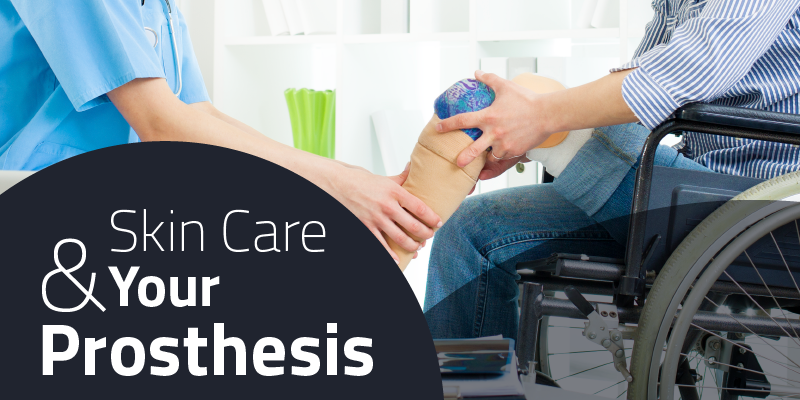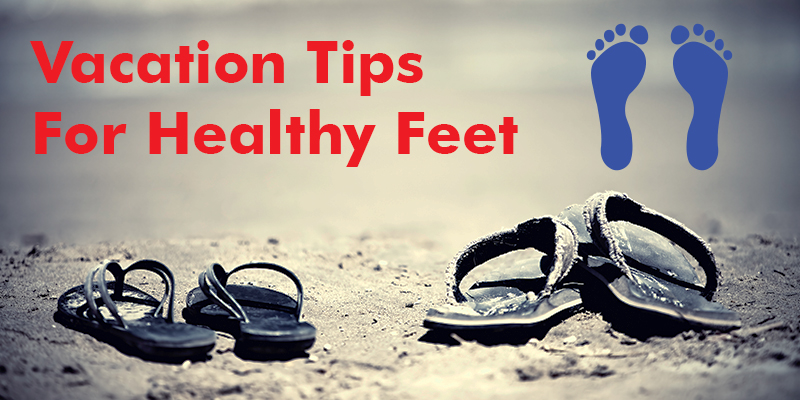As an amputee, it’s important that you maintain a healthy relationship with your skin, especially on your residual limb. An infection can prevent you from wearing your prosthesis and interrupt the active lifestyle you’ve worked to maintain. Unfortunately, germs can incubate all too easily inside of a prosthetic socket. It’s a warm, non-breathable environment where the oils of your skin mix with sweat, making it a perfect breeding ground for bacteria.
Symptoms of skin infections include blisters, pus, drainage, rashes, fever, hot spots and sudden pain. If these don’t go away on their own, contact your prosthesis. Skin problems can become serious for amputees, so persistent issues should be treated and evaluated.
There are some things that amputees can do on their own to prevent skin infections:
- Wash your residual limb and prosthesis liner daily. If you have a tendency to sweat or are prone to rashes and infections, make sure you are washing more than once.
- Make sure you have a proper fit with your liner. If something feels off or uncomfortable, communicate that to your prosthetist.
- When you do wash your residual limb, make sure to avoid soap with pigments and scents. Instead, opt for the clear antibacterial soap.
- Alcohol-based lotions can dry out your skin, making it more likely to breakdown, so make sure you avoid those.
- Your skin can be kept soft and moist by using a small amount of baby oil.
- Control sweat by using a clear gel deodorant. Avoid stick deodorant, as this can damage the liner.
- Don’t shave your residual limb. This can cause you to develop ingrown hairs, which in turn can become infected.
- Carry extra socks with you to swap out throughout the day as they become sweaty.
By following the above steps, you should be able to avoid major skin breakdown. At Floyd Brace, we want to make sure that you can maintain a healthy, active lifestyle. Don’t hesitate to reach out to us if you think you may have a skin issue or if you think you need an adjustment.










